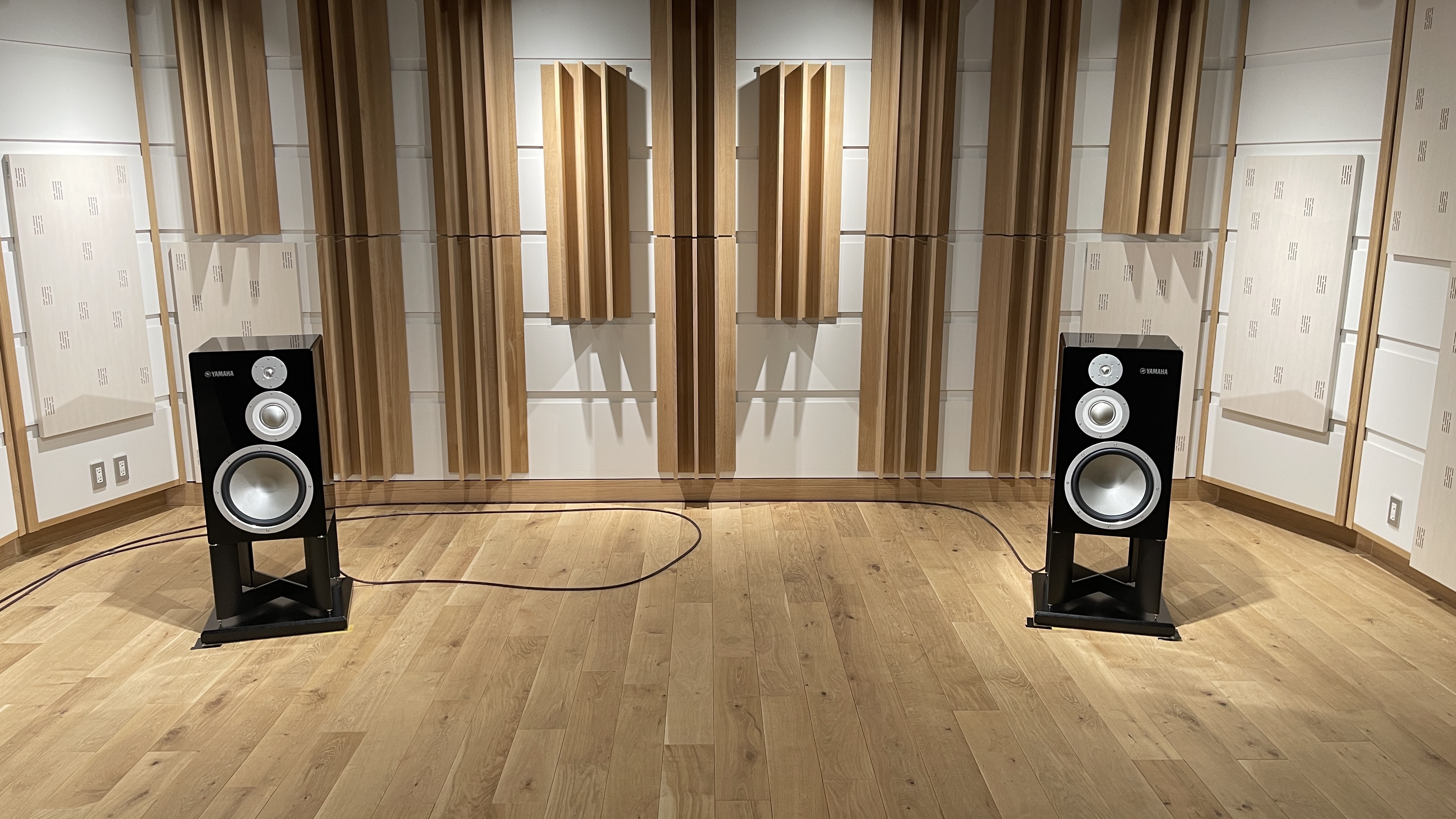How to choose the right speakers and get the best sound
The definitive hi-fi speaker buying guide
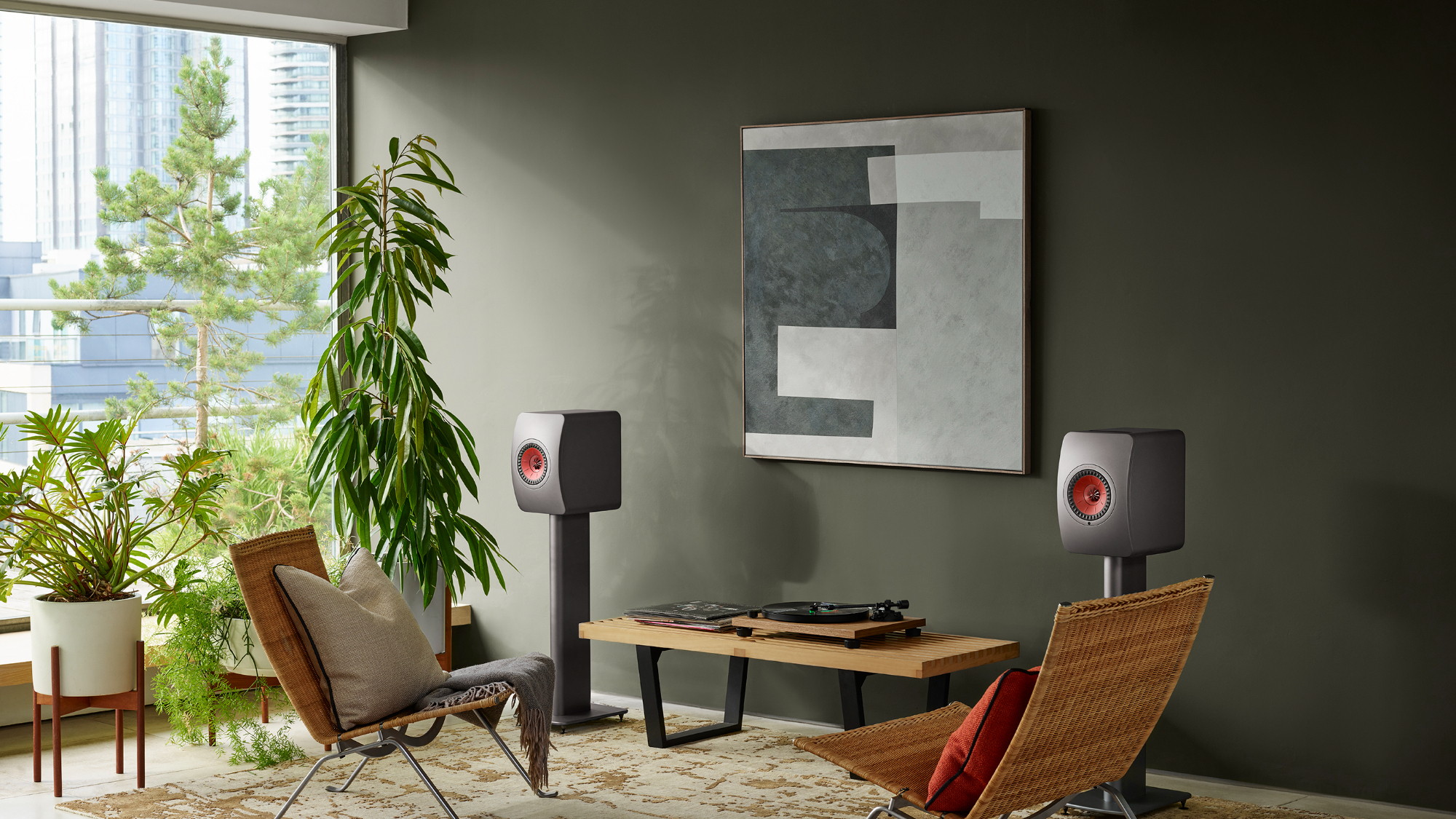
There's no shortage of speakers to choose from, so how do you go about picking the right ones?
The short answer is you check out our best speakers guide or relevant category in our Awards section, pick the most expensive pair you can afford, and that's it. Chances are you'll end up with a very good set of speakers. But will they be the best possible ones for you and your specific requirements? Doubtful.
As with so much in life, a bit of research will go a long way. And even once you've found your perfect pair, there's still a lot to consider when setting them up properly.
We'll cover all of this and more below, as we take you on the journey of choosing the right pair of speakers, from researching to buying to setting them up in your hi-fi system. Let's go.
Decide on a budget

There are hundreds of bargains out there, especially thanks to the ever-deepening well that is the internet and its myriad purveyors of budget audio. But sometimes that massive discount is actually too good to be true – either because it can still be found cheaper elsewhere, or because the speakers themselves aren't actually any good.
If you're not sure about a deal you've seen, consult our best speaker deals page and see if it's included. And remember to always check our reviews to make sure your chosen speakers are up to scratch.
Set a budget first, to avoid overspending. And think about where that budget needs to stretch most.
In other words, if you're buying a whole system, there’s no point spending 90 per cent of your money on the speakers, only for them to shine an unforgiving light on all the flaws further up the chain.
Likewise, if you currently own a system you bought for next to nothing at a car-boot sale, that grand burning a hole in your pocket might not be best spent solely on a pair of stunning floorstanders. Take care, though. While frugality and prudence are all very well, there’s also a degree of future-proofing to be considered.
If, for example, you are planning to upgrade other components in your system, you may have cause to reconsider your budget to allow for speakers with the sonic stretch to reveal those upcoming improvements. With a little foresight, shelling out a few extra quid now could save you money in the long run.
- The best hi-fi deals: fantastic prices on five-star gear
Measure your room
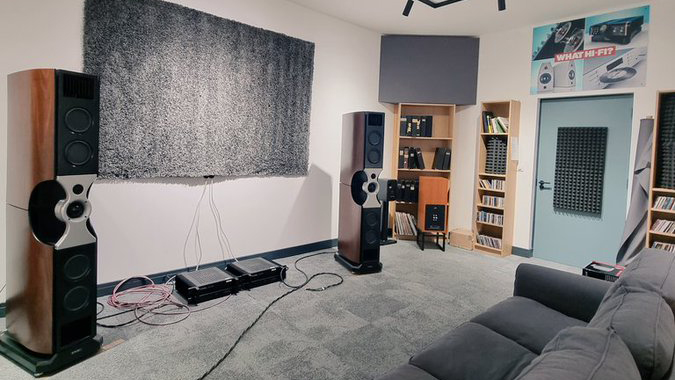
Next, measure your listening room. The space available to you may require or restrict you to a certain type of speaker, and it should narrow your search in terms of positioning.
Most speakers require a degree of free space to perform at their best, so if you can fit them in only close to the wall, you'll need to consider that during your search.
This needn’t impact the quality of the product you end up taking home – there are plenty of sonically tremendous speakers that won’t mind their backs up close to the wall, such as the Elac Debut B2 (which have a front port).
Just remember you’re dealing with sound waves that will be affected by whatever they encounter at whatever distance. If a manufacturer suggests you need two metres between its speakers and a wall, it's best not to push your luck.
Floorstanders or standmounters?
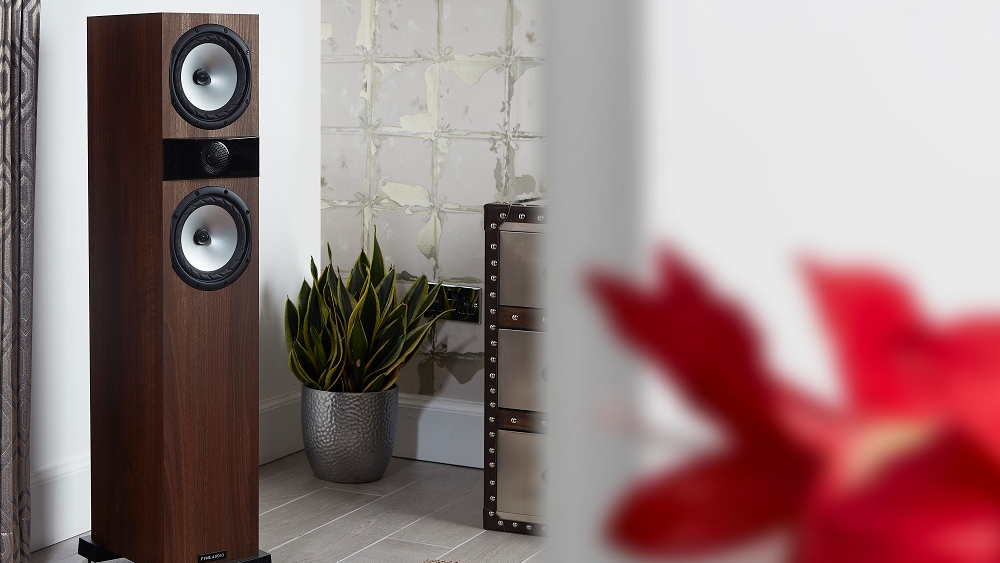
Next, think about what type of speaker will suit you best.
You’re going to be looking at either floorstanders or standmounters (which are sometimes referred to as bookshelf speakers). Or you might consider a subwoofer/satellite combination, pushing the lower frequencies through a sub in coalition with a more easily accommodated pair of main speakers.
As a general rule of thumb, bigger speakers tend to be capable of delivering higher volumes, better dynamics and more bass, though you shouldn’t assume that rings true with every product – it’s all relative.
Further to that, have a think about the volume at which you’re actually going to be playing your music. Are enormously powerful floorstanders going to be wasted on you?
- Standmounts vs floorstanders: which speakers should you buy?
Biwired or single-wired?
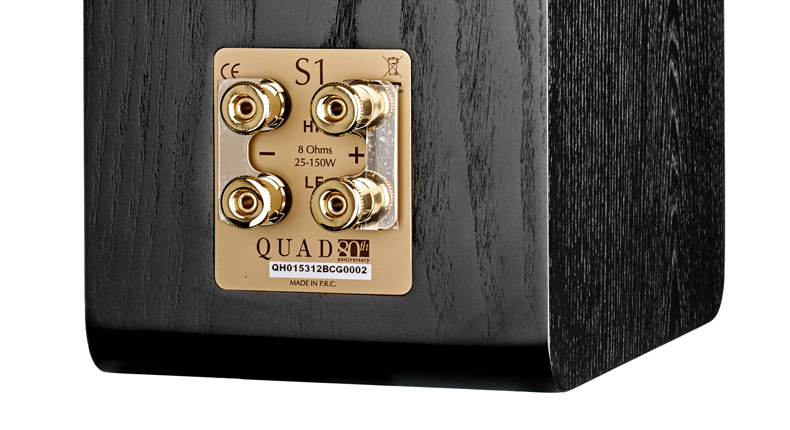
Many speakers sport four terminals for you to connect your speaker cables, giving you the option of biwiring.
With a single set of cables, all frequencies are propelled toward your speakers together. If you biwire using two sets of cables, your amp can drive upper and middle/low frequency signals separately, with the aim of a purer sound with superior precision.
It may be the case that your amplifier won’t accommodate biwiring, or simply that you aren’t interested in doing so.
If you want to connect using a single wire to each speaker, they come with conductive links between each pair of binding posts, so your music will still reach each driver. But it’s worth bearing in mind that a speaker with only two connectors will remove biwiring as an option in the future.
- 10 affordable ways to upgrade your hi-fi system
- Our recommendations for best speaker cables
Passive, active or powered?
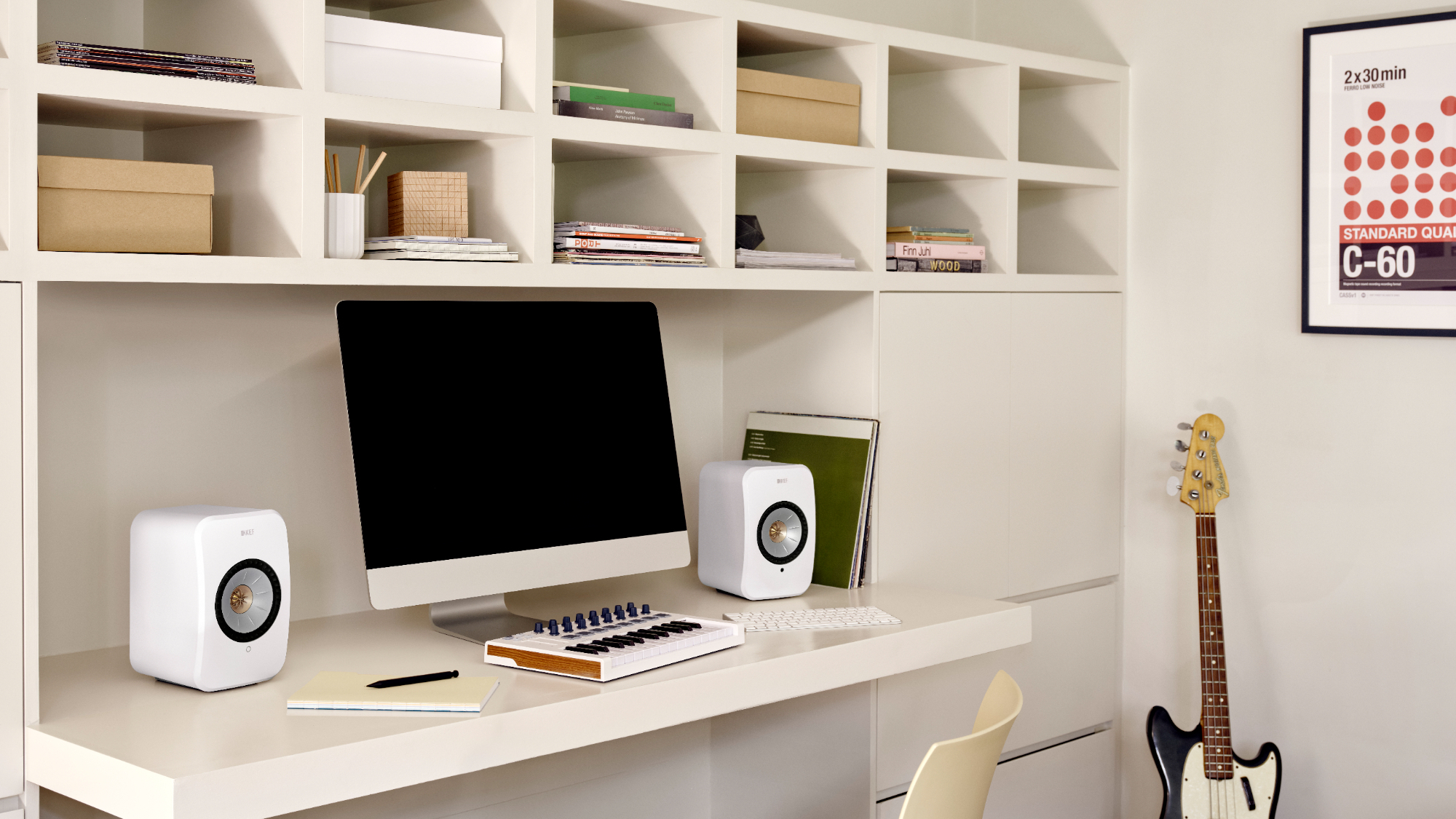
You also have the option of passive, powered or active speakers.
Most speakers are passive – all the power used to make them work comes from your amplifier, with the speakers directing the signal to their separate drivers via a crossover.
In a powered speaker, on the other hand, the signal is amplified inside the speaker cabinet, which means the speaker itself requires a separate mains feed.
There is a difference between a 'powered' speaker and an 'active' speaker. A powered speaker has its amplifier built in, but is running the signal through a passive crossover. That is to say, the signal is amplified before being separated into frequency bands and fed to the drivers.
With active speakers, however, each driver is fed by its own amplifier. Because, therefore, the crossovers work at line-level rather than speaker-level, you can use more accurate components, and therefore calibrate with more accuracy.
- Want more detail? Check out our active, powered and passive speakers explainer to learn more
The main downside of this isn’t so much the cost - powered speakers are more expensive at first glance, but you are, of course, buying the amplification to go with them, so they can turn out to be better value for money than a separate speaker and amp combo. It's more that, if you want to upgrade your system in the future, you’re going to have to do so with the whole thing.
That’s where you may end up spending more money in the long run.
We usually find better sound can be accomplished more easily using separate components – a source, stereo amplifier, good speaker cables and audio interconnects, and a separate pair of speakers – but powered/active speakers, if done well, are an obvious exception.
The separates solution doesn’t suit everyone, so if you haven’t the space or desire for multiple boxes in your living-room there is a wealth of gifted powered speakers for you to peruse.
Power handling and impedence
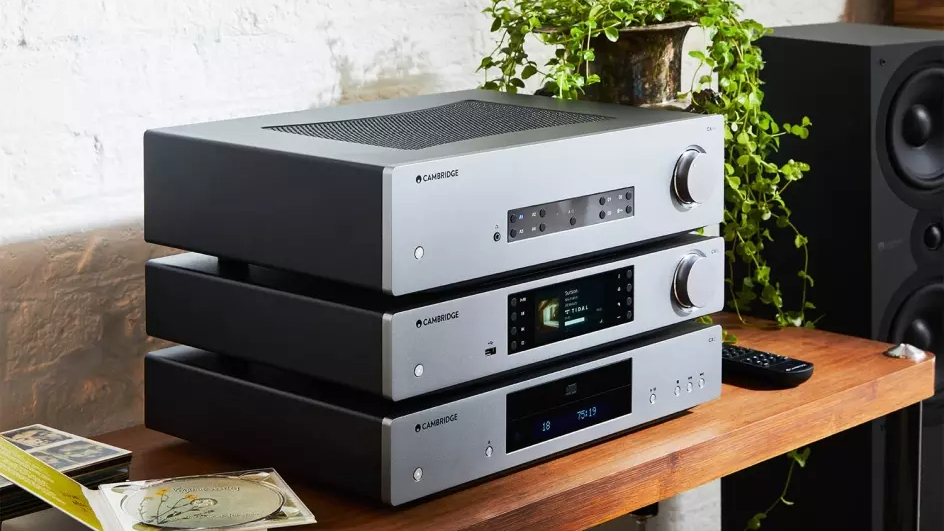
Another word on power: though it's less of an issue now compared with the days of valve amplification, if your speakers are demanding to drive you’ll need a suitably muscular amplifier to support them.
Don’t look only at the headline power figure – see what happens when the impedance drops to four ohms. If the number nearly doubles, then your amplifier has good current delivery and will be capable of driving more demanding speakers.
- Here's our guide to the best stereo amplifiers at every budget
Aesthetics

At What Hi-Fi? our star ratings are based almost exclusively on a sound-for-pound basis – but that isn't all that matters to people, of course.
No matter how great you think a pair of speakers sounds, if you can’t stand the sight of them you aren’t going to want to spend hours sitting in the same room.
- What Hi-Fi? star ratings explained: the logic behind every review score
Protect your investment
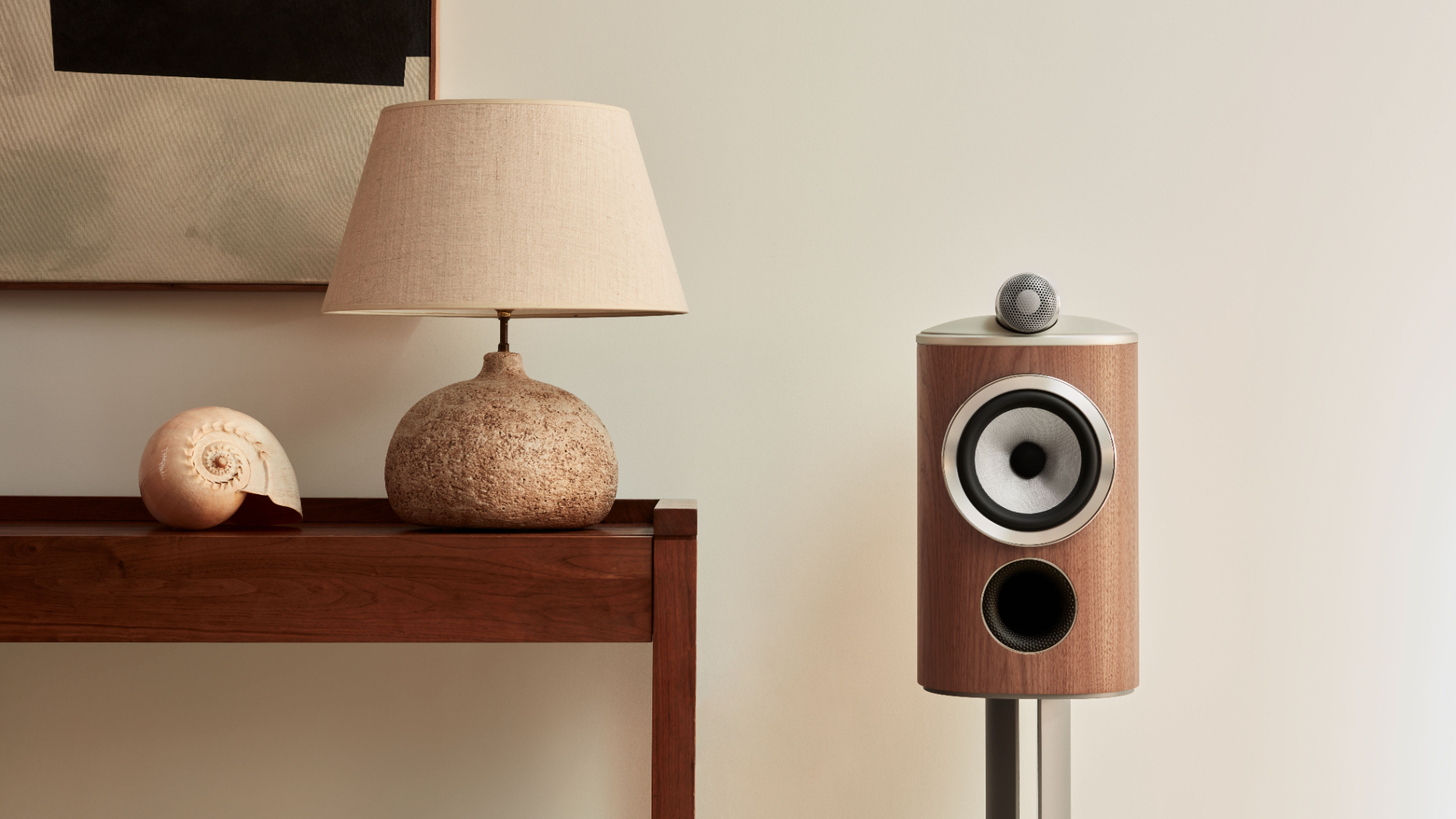
As well as making sure you like the way they look in your room, you might want to think further about the environment you will be keeping your speakers in.
Tweeter protection, in particular, is an important consideration, especially if you have small children, or a particularly inquisitive cat, say. Metal domes, especially, tend to attract small fingers and paws, and dent easily.
Thankfully, some speakers come fitted with tweeter grilles so you can have the protection but still admire their design.
Our reviews are here to help
When it comes to making your purchase, there's still a little more research to be done before you head to the shop.
As you’re reading this feature, dare we suggest you already know the value of the What Hi-Fi? website. Trust us, then, when we urge you to have a read of the relevant speaker reviews before you enter the dealership.
And we don't want you simply to agree with all we’ve said about a certain pair of speakers. But, as well as helping you rule out certain products that don’t match your needs, it might help guide you as to what you should be listening out for.
If we make a point of treble being a little coarse, for example, and that it might become wearing on your ears over extended listening, that might not be something immediately noticeable in the shop’s listening room.
Check the speakers are run in
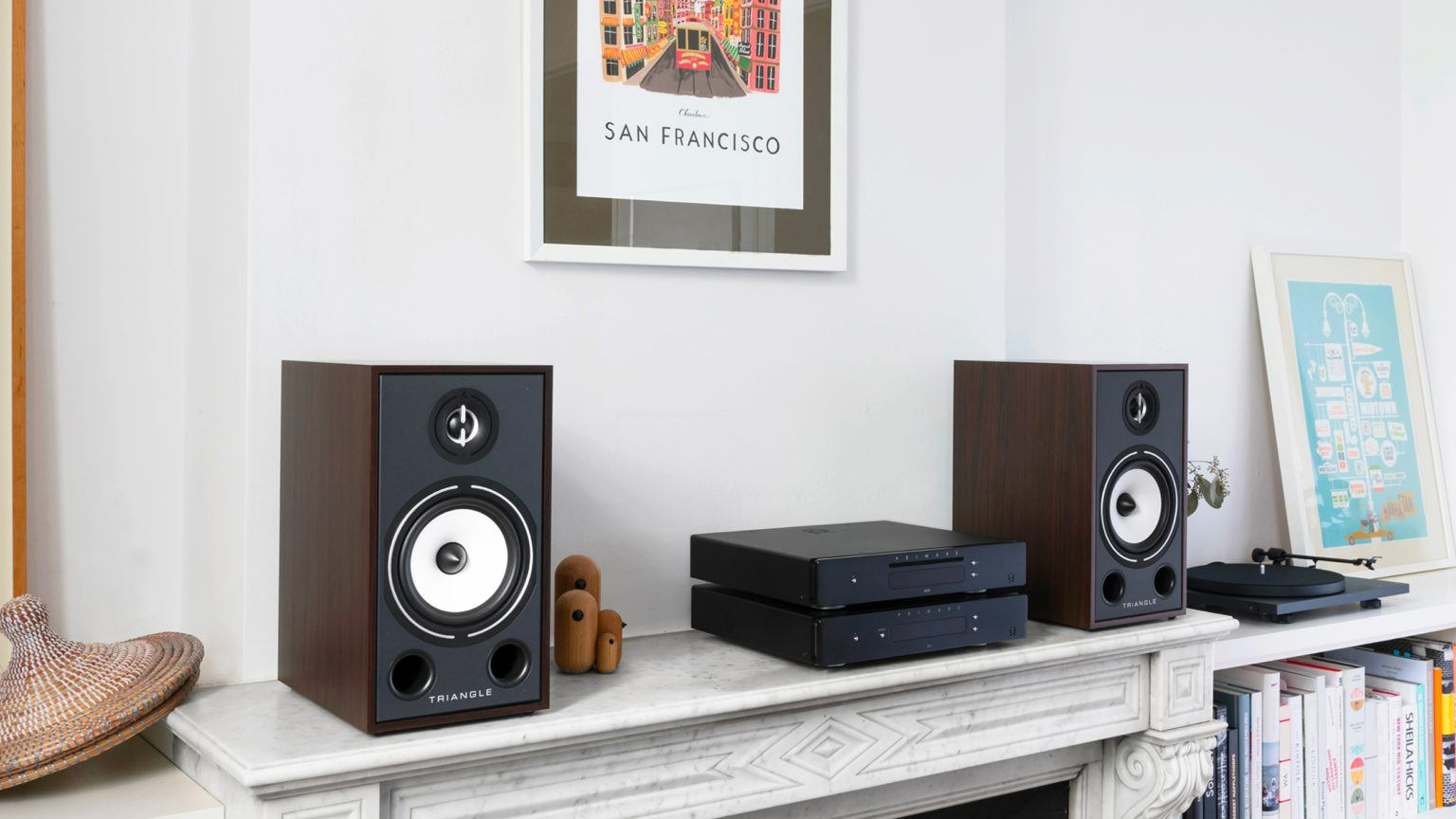
You also need to confirm that the demonstration speakers you hear are run in. Performance can change with use, with some units taking longer than others to bed in and reach their optimum.
It also follows that, if we’ve raved about a pair of speakers that, to you, sound a little disappointing, it might be an indication they’ve not yet been properly run in.
We’ll often mention in our reviews if a pair of speakers has changed dramatically in character after a few hours of use, so it’s something worth making a note of.
Listen to tracks you know

Are you the person who kills the party by seizing control of the speakers and putting on that Animal Collective B-side nobody’s heard of or likes?
Well, this is your time to shine: absolutely take your own music with you. It’s simply the best and easiest way for you to judge a speaker’s performance.
Great hi-fi is great hi-fi, regardless of the music you play, but the better you know a piece of music, the better you know its arrangement, momentum and dynamics.
Effectively, you know how it should sound and if a pair of speakers is rendering it faithfully. Who knows, they might even bring out elements you didn't know were there...
Listen with your own electronics
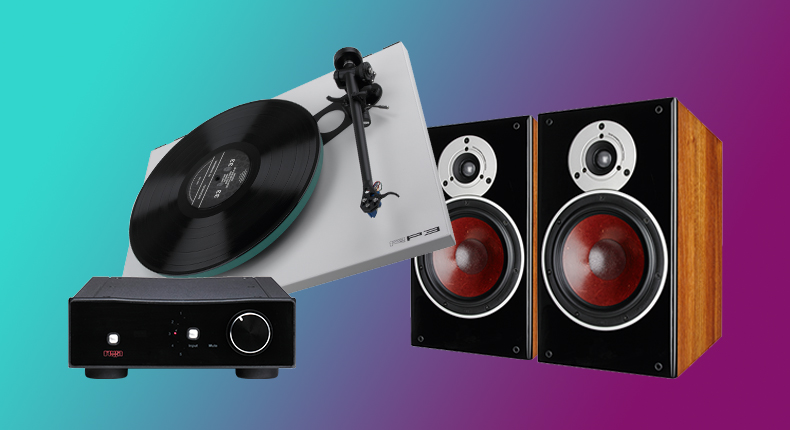
In the same vein, you’ll want the dealer to set up a system that’s close to the one you have at home.
If you have a really old amplifier, or something particularly obscure, it might be best ringing ahead to make sure the dealer has something similar in the shop.
If not, take your own with you; yes, it’s going to be irritating, but anything’s better than one of those “they look nothing like they did in their profile picture” moments when you get your new speakers home.
You’re now essentially going to do in the shop what we do when we’re testing speakers in our listening rooms, and you ought to follow the same rules.
Take an extra pair of ears
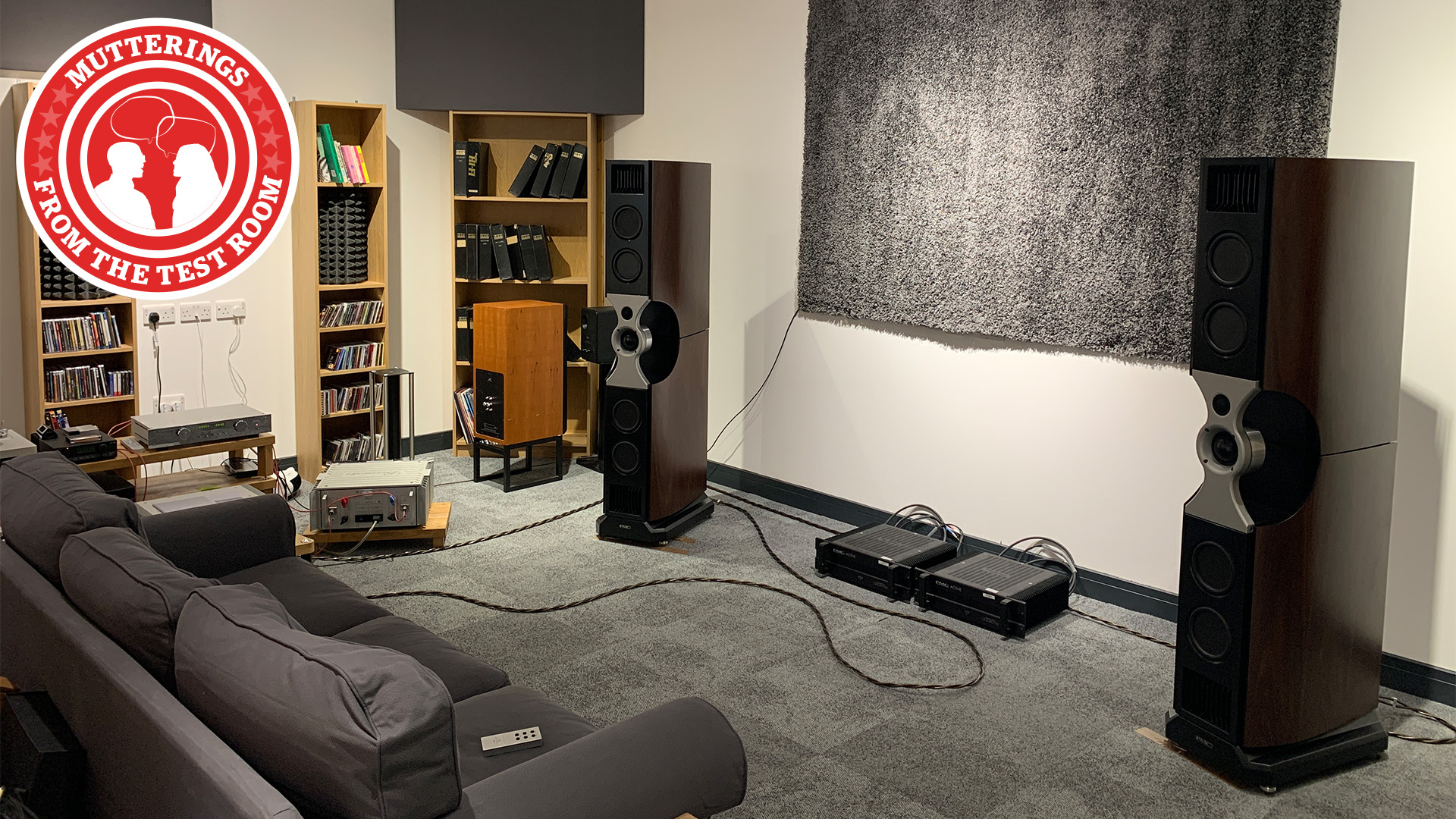
While each of our reviews is written by a single person, the actual testing is very much a group exercise.
It isn’t that we don’t trust our own ears, but anything can alter your perception of a product on any given day; maybe you missed the bus and now you are in a foul mood; or you’re so excited by one aspect of a speaker’s performance you fail properly to evaluate its shortcomings; or the speakers somehow make your jazz-funk band's demo sound better than you've ever heard.
What we’d recommend is that you take someone along with you, a friend or spouse, for balance. It’s easy to make a rash decision and regret it later.
Be open to alternatives
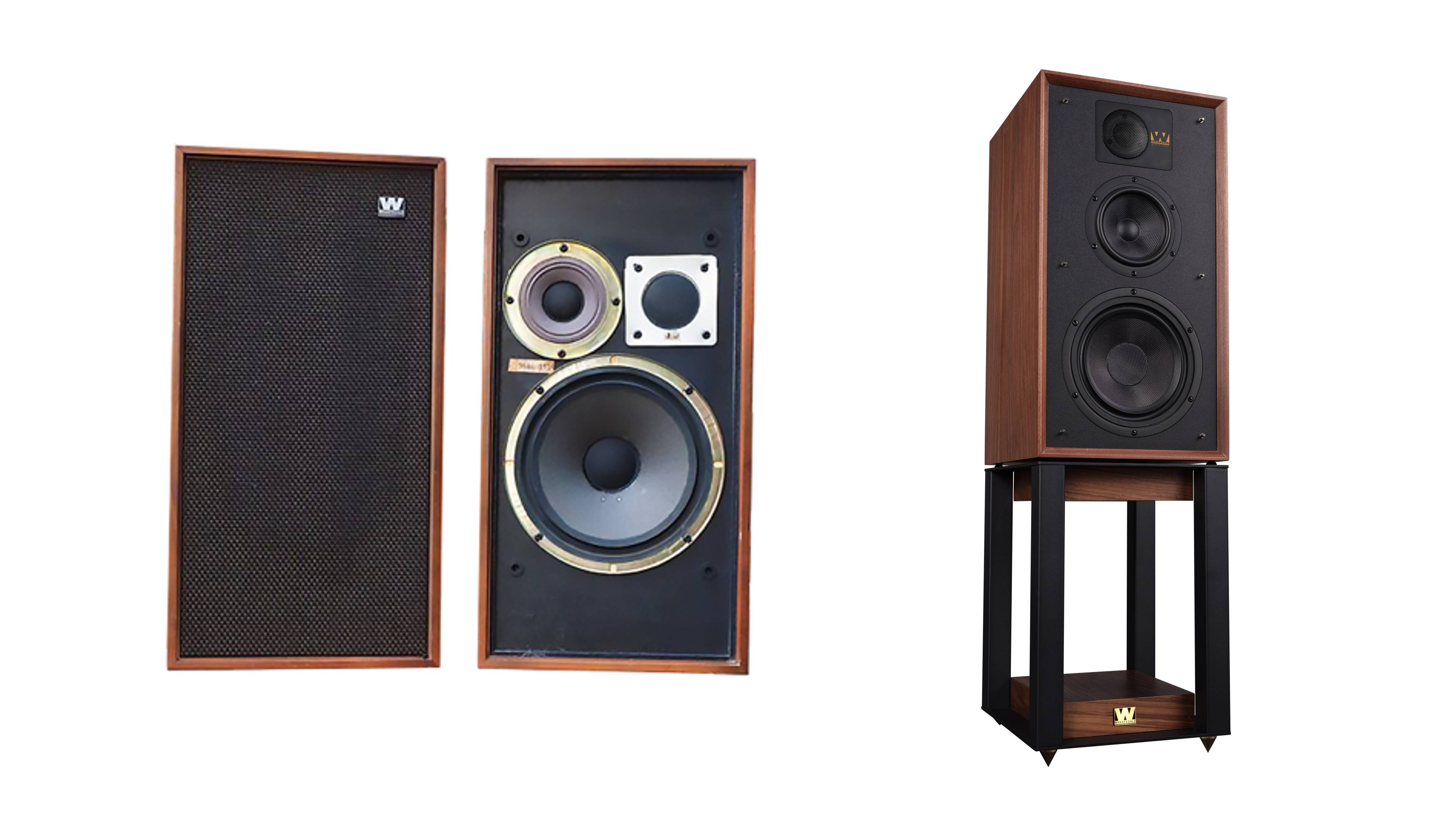
There may be a review you’ve not spotted in our magazine or website, something we’ve not yet tested, or a pair of speakers you’ve disregarded because of its four-star rating – meaning we didn’t think it was outstanding in all areas, but not that it isn’t worth buying.
Indeed, it's quite possible that a product with four stars may actually suit your specific needs better than a five-star device or even an Award-winner.
A good dealer will know their products – that’s why they stock them – and they may be able to suggest something you hadn’t considered that will work even better with your electronics.
Get to know your dealer
It’s a two-way relationship, though. If you’re serious about your system, you’re probably going to be a regular customer.
That’s why they want to look after you – though of course you’re also a lovely, interesting human being to whom it’s been a pleasure speaking – and you ought to offer them the same courtesy.
That means not going into a dealership and picking out the speakers you want, then going home and scouring eBay to see if you can get them cheaper.
Don’t think this is us sticking up for our mates – you don’t want to sour a relationship with someone willing to help you as much as you need it, when in all likelihood it isn’t going be meaningfully cheaper online anyway.
However, don’t feel pressured into thinking you have to make a decision right away, or that buying online is somehow wrong.
Buying online
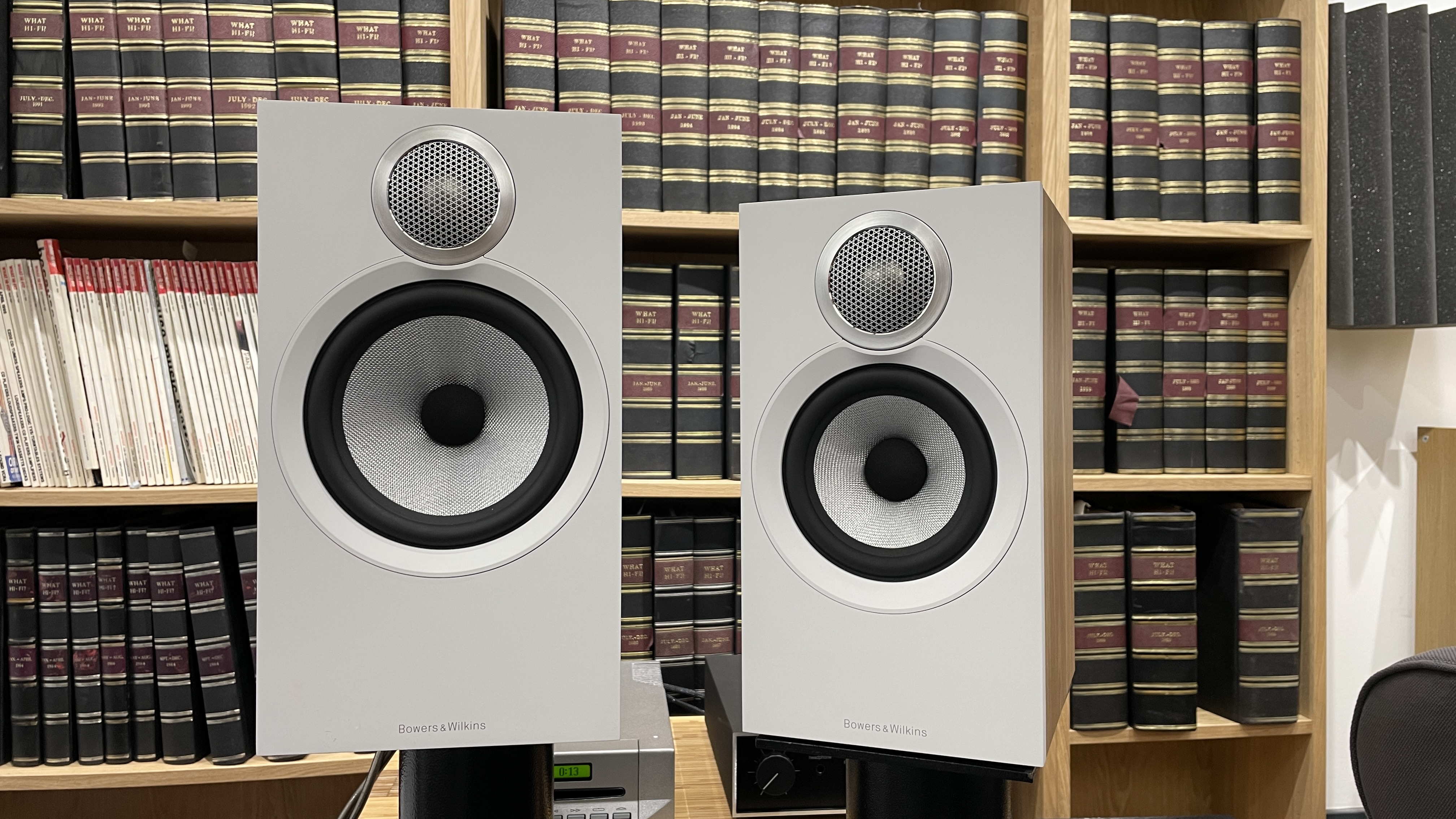
But if you don’t have the one-to-one help of a dealer there are a couple more things to be sure of.
Shopping predominantly online means you’re less likely to hear as many different options as you would in a shop, so take care to read what reviews says about pairing and don't just jump straight to star ratings.
The obvious benefit to shopping online, though sometimes it can be a curse, is that it’s the world’s biggest shop – a wealth more options than you’re going to have on any High Street.
To that end, don’t discount last year’s models. There are some great deals available on products manufacturers may have replaced or rejigged, and some are still among the best speakers available.
Again, refer to our reviews and you’ll be able to tell if an older product has fallen behind. If they’re still being sold, there’s a decent chance they haven’t.
Check the Ts & Cs
Next is just general housekeeping you’d likely do with any online purchase, such as buying from a trusted source – the retailers featured next to our reviews are a good start – and checking the returns policy, and these rules can’t be stressed enough. As with anything, if you find a deal that seems too good to be true, it almost definitely is and there’s unlikely to be any way of getting your money back.
If online shopping is your only option, at least you can hear how the speakers sound with your system and you'll still have a cooling down period within which you can always send them back if you're not happy. Any reputable retailer will have a decent and fair returns policy.
If you don’t have a dealership anywhere near you, make time to visit your nearest hi-fi show if you can, where you can try out a whole range of the latest products. Or, failing that, borrow those speakers you’ve always liked from your mate, to see how they sound on your system.

Now it's time for set up
So you've got your speakers home, and you already feel more strongly about them than you do most of your extended family.
Unfortunately, just like your extended family, they aren’t going to do anything for you unless you do something for them first.
Let your speakers run in

It's extremely important for speakers to be properly run in before you judge them, so don’t subject them to an extended testing session as soon as you’ve lifted them from their box and linked them to the rest of your system.
Some speakers can take almost 100 hours to come on song, though for most around 24 hours should suffice.
All this really means is you leave them playing, allowing the components to warm up, stretch out and get into their stride.
It’s unlikely you’d want to do this at any extreme volume anyway, but be careful not to push them too hard straight away. Let them ease into a walk before you ask them to run.
Get the positioning right
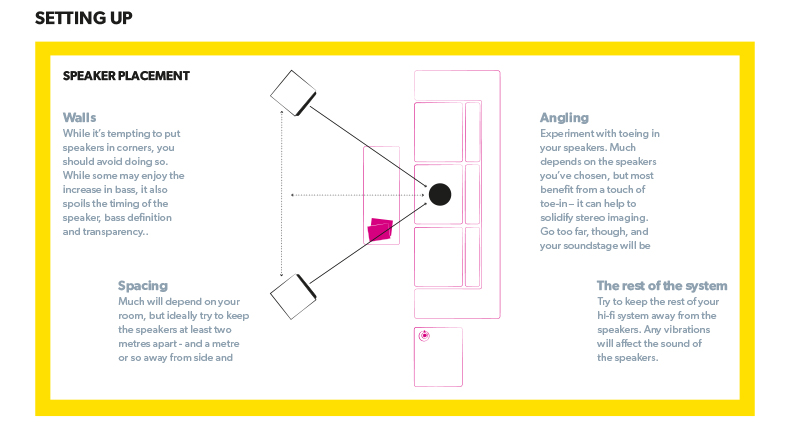
If we accept that you’re not really doing anything but plugging them in and waiting during task one, the most time you’ll spend getting your system to sound right will be with positioning.
Take your time here. Small differences in position can make big differences to the sonic balance.
Placing your speakers close to the back wall will give you more bass, while putting them further away will decrease the low end you hear, but should offer more convincing stereo imaging.
This should be a balance, rather than a compromise, though rear-ported speakers – that is to say those that have a reflex port firing backwards – tend to be more sensitive to proximity to a rear wall.
Do try to avoid placing your speakers in a corner. It may be convenient spatially, but you’ll almost certainly get fat, lumpy bass that will skew the whole balance of the sound.
Imaging is also largely affected by the angle of the speakers. Most speakers sound best toed-in towards your most regular listening position, which ought also to be equidistant to each speaker for peak sound dispersion. Some manufacturers (Dali, for instance) design their products to fire straight ahead.
Check the manual to see what’s suggested for your speakers, including how far apart to space them and the recommended distance from each surrounding wall. Ultimately it’s up to you to adjust and tweak to get the best out of your room.
Invest in stands, spikes and speaker cables
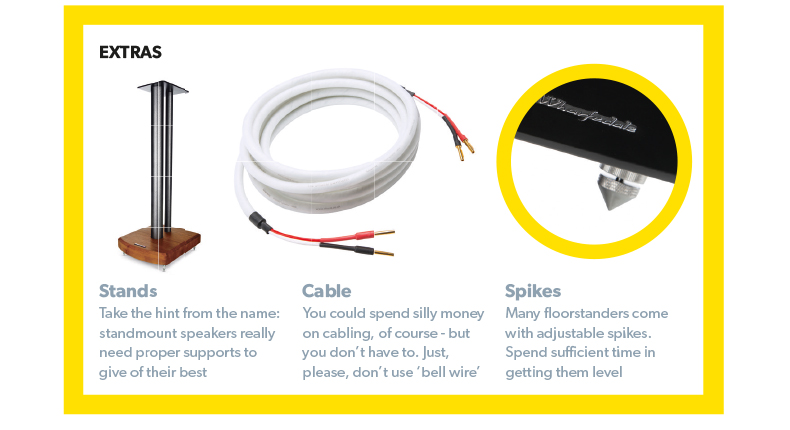
Now, are you sitting comfortably? Well your speakers would like to as well.
You might have bought something advertised as ‘bookshelf’ but, as with their surrounding environment, the support upon which your speakers sit is of vital importance.
Buy some quality speaker stands. The performance of a standmount speaker depends hugely on the quality of its support, and this is another area where you shouldn’t compromise.
Likewise, if you’ve opted for floorstanding speakers, make sure you fit the spikes; if you have wooden floors you’ll likely have been supplied with coin-shaped pieces to put the spikes on to avoid scratching the boards. If you don't have any of those, use actual coins. Probably pennies now you’ve spent all your money.
Even if that seems painfully apparent to you, there’s a chance you’ve not considered speaker cables.
Some people ignore the significance of good-quality wiring altogether, or are tempted to skimp on the last few quid. Please don't. Trust us when we say a good speaker cable can be the best-value way to upgrade your audio experience.
Sit back and relax

Finally, and most importantly, enjoy your new speakers. That was the point of all this effort after all. Treat them with a little respect, and in turn, they will look after you for a long, long time.
As for what music to play, well, that really is up to you. Although, if you're looking for inspiration, you could start with the 19 best British rock songs or the 20 of the best piano tracks to test your system. It's up to you.
MORE:
Our pick of the best budget hi-fi speakers
How to choose and set up a stereo amplifier
Need a source? Try our list of the best record players, the best music streamers or the best CD players
Get the What Hi-Fi? Newsletter
The latest hi-fi, home cinema and tech news, reviews, buying advice and deals, direct to your inbox.

Ketan Bharadia is the Technical Editor of What Hi-Fi? He has been reviewing hi-fi, TV and home cinema equipment for almost three decades and has covered thousands of products over that time. Ketan works across the What Hi-Fi? brand including the website and magazine. His background is based in electronic and mechanical engineering.
